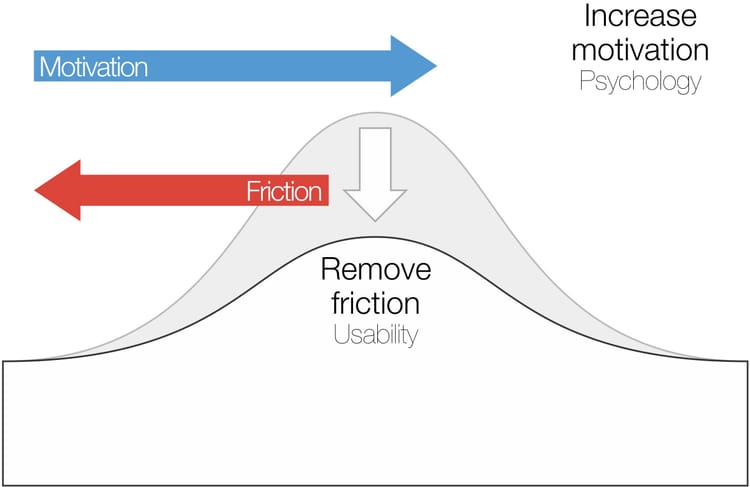Innovating with an alliance partner
Partnerships are a powerful way to drive innovation. By working together, two companies can create something new and groundbreaking.

According to a study by the World Economic Forum, collaboration can lead to a number of benefits for innovation, including increased speed, improved quality, and reduced costs.
Partnerships are a powerful way to drive innovation. By working together, two companies can pool their resources, expertise, and ideas to create something new and groundbreaking.
Before you can get to innovation, make sure you consider some of the basics to get right first:
- Choose a partner with whom you have a shared vision. You should both be excited about the potential of the partnership and be committed to working together to achieve your goals.
- Make sure the partnership is aligned with your company's overall strategy. The partnership should not be a distraction from your core business, but rather a way to accelerate your growth and innovation.
- Have a clear plan for how you will measure success. This will help you track your progress and make sure that the partnership is meeting your expectations.
- Be prepared to adapt and change as needed. Things don't always go according to plan, so it's important to be flexible and willing to adjust your approach as needed.
Innovation can be hard. Here are a few tips to keep in mind along the journey with your alliance partner:
- Don't try to jump straight to innovation. Start by running some impactful, but easy, projects together. This will help you learn how to work together and build trust.
- Be brutally honest about each other's strengths and weaknesses. Don't exaggerate or say you have capabilities that you do not. There is nothing worse than building a plan together that you cannot execute against.
- Brainstorm. A lot. You will need to put a lot of ideas out there before you find the one or two that excite the teams and can drive meaningful impact. Don't rush the process, but create lots of space for ideation.
- Once you have aligned on a project, then make hard commitments around resourcing, goals, and pick a launch date. This will help keep everyone accountable.
- Over communicate. This kind of work is rare and exciting, and can unlock other programs along the way. Make sure you share progress and show the idea is coming to life.
- Pilot before a big launch. These things rarely work the first time. Leave lots of space to pilot and test the edge cases that you find when something gets to production.
- Measure ROI. Make sure you are moving the needle around your original metrics. If not, refine until you do.
- Go bigger. How can you 10X results? If you have made it this far, why not push for the big win.
"If you look at history, innovation doesn’t come just from giving people incentives; it comes from creating environments where their ideas can connect." – Steven Johnson
If you enjoyed this piece, please share it. Thanks. 🙏
Further Reading
Organizing for the future: Nine keys to becoming a future-ready company
To better organize for a postpandemic future, leaders should embrace nine imperatives that collectively explain <span>“</span>who we are<span>”</span> as an organization, <span>“</span>how we operate,<span>”</span> and <span>“</span>how we grow.<span>”</span>






